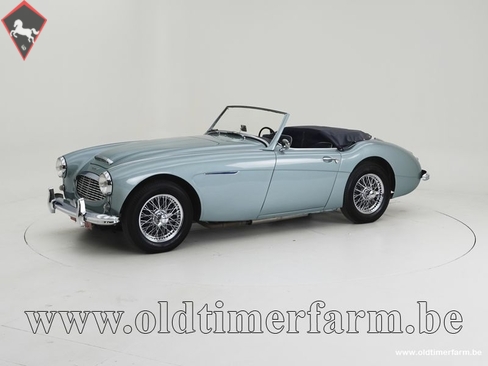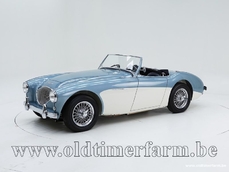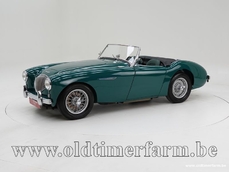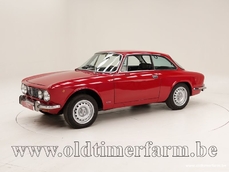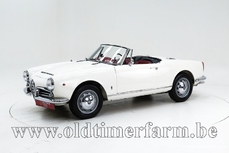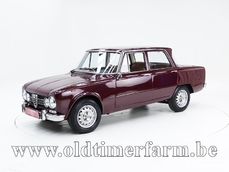Austin-Healey 100 /6 BN4 '58 1958
General description :
With a concise photo reportage The British roadster summit of the fifties Hardly anything to fault both inside and out Idyllic color scheme Walkaround video: a href="https://youtu.be/-yIIkDvJoY8" target="_blank">Click Here /a> The Austin-Healey 100/6 was introduced in the autumn of 1956 as the successor to the famous Austin-Healey 100/4, also the first model ever produced by Austin-Healey. The number 100 stood for the fact that the top speed of the 100 was almost exactly one hundred miles per hour. The 4, on the other hand, stood for the number of cylinders. With the arrival of the 100/6, the engine became slightly more powerful, and as the name suggests, there were six cylinders, again arranged in line. Fitting a six-cylinder engine into the same frame where previously a four-cylinder resided was not easy. The car had to become larger, or space had to be freed up. It was chosen to lengthen the chassis a bit, stretch and lower the grille in width, and provide a 'hood scoop' from the first hour, which had the additional advantage of making the whole thing not unfairly look more sporty. For this reason, the 100/6 was sometimes seen on rally circuits. Even today, it is often used as a rally car. Over the years, Austin-Healey, under BMC, occasionally updated the car, and they also released this British roadster in a four-seater variant, which is ideal for young families with children. The engine also became more powerful: from 102 hp to 117 hp, this was achieved through reworking the exhaust manifold and using a different cylinder head. The last Austin-Healey 100/6 rolled off the production line in 1959 to be succeeded by the 3000, which, together with the 100/6 and the 100/4, is sometimes referred to as the 'Big Healeys'. Approximately fourteen thousand units were produced in total. Austin-Healeys are sought-after classic cars, and the 100/6 is no exception, quite the contrary. They are sought after by a very eclectic audience and they have something to offer to virtually everyone. Technical information: Body work Length (cm): 400 (157 inch) Width (cm): 154 (61 inch) Height (cm): 125 (49 inch) Wheelbase (cm): 234 (92 inch) Weight (kg): 1124 (2478 lbs) Mechanics Engine: 2639 cc straight-six front-engine Valve gear: 12 Fuel system: 2 SU carburettors Gear box: 4-speed manual Transmission: RWD Left-steered power: 117 hp (88 kW) at 4750 t/m torque: 202 Nm at 4750 t/m Top speed: 179 km/h (111 mph) **Please do not hesitate to contact us via email to receive the detailed expertise report**
1958 Austin-Healey 100 /6 BN4 '58 is listed for sale on ClassicDigest in Aalter by Oldtimerfarm for €58950.
Car Facts
Car type : Car Make : Austin-Healey Model : 100 Model Version : /6 BN4 '58 Engine size : 0.0 Model Year : 1958 Location : Aalter Vehicle Registration : Undefined
58950 €
People who viewed this Austin-Healey 100 also viewed similar Austin-Healey listed at ClassicDigest
Other cars listed for sale by this dealer
About Austin-Healey
Austin-Healey was a British sports car make created as a joint-venture between the Austin division of the British Motor Corporation (BMC) and the Donald Healey Motor Company. First Healey model, Healey 100, was based on Austin A90 Atlantic mechanicals and developed by Donald Healey to be build in-house. They finished a single Healey Hundred for the 1952 London Motor Show. Leonard Lord, managing director of Austin was so impressed by the design that a deal was duly struck with Healey and the car was renamed the Austin-Healey 100 overnight. Austin Healey was born. 100 derived into 100-six, and different 3000 versions before they quit the production in 1968 as the basic design had finally become obsolete.
